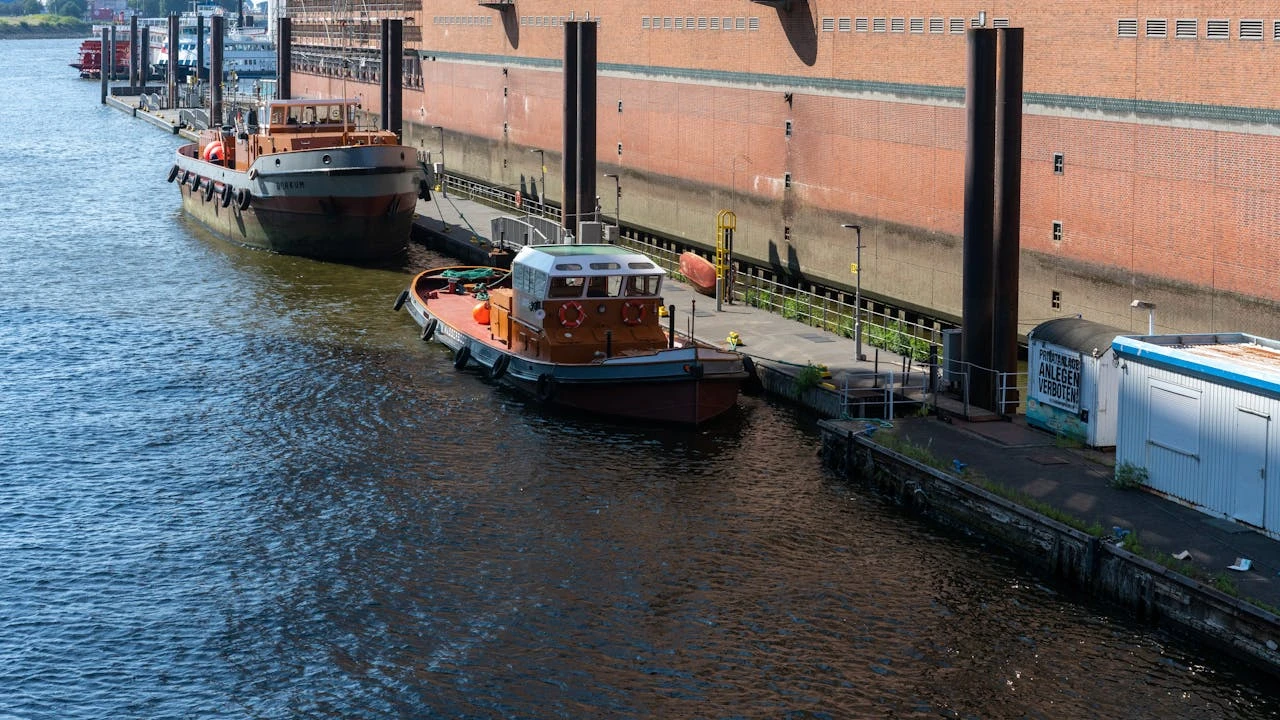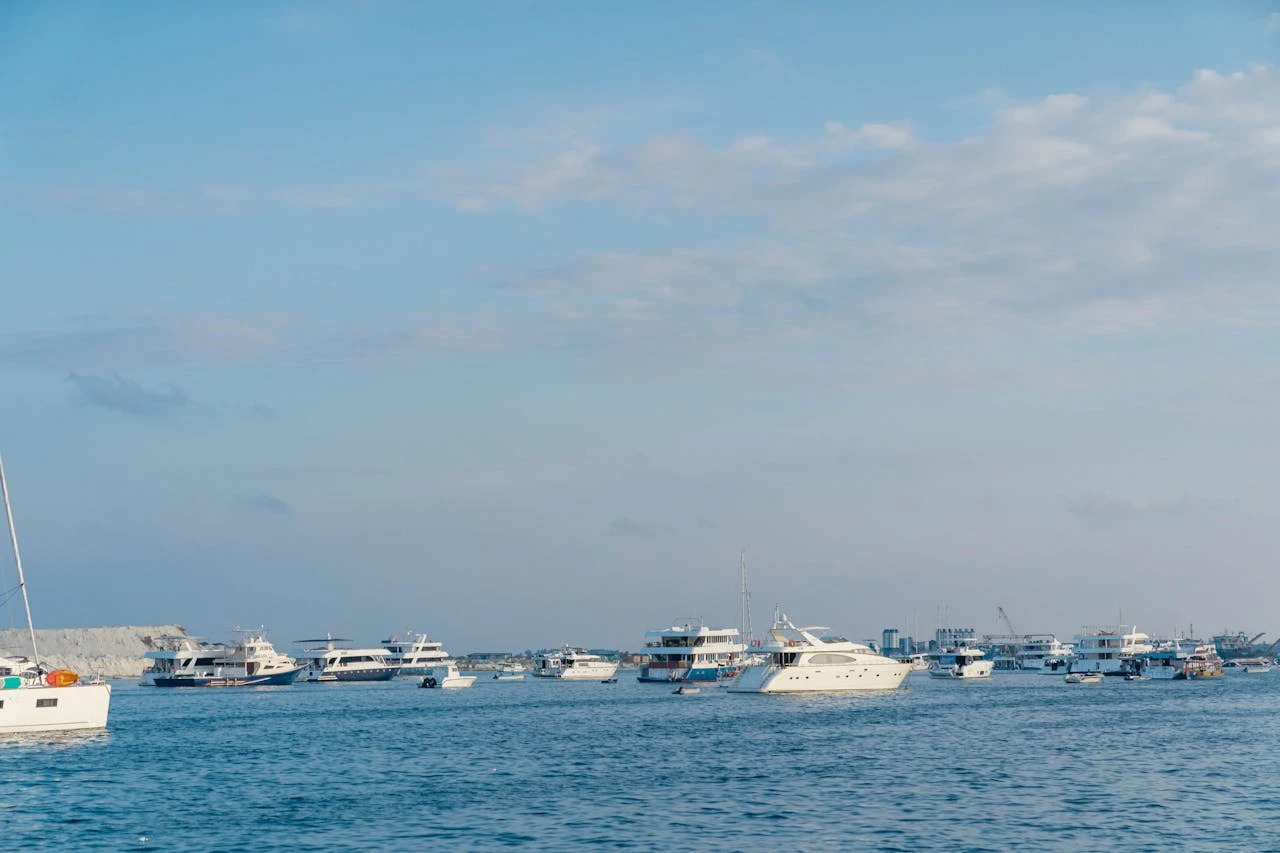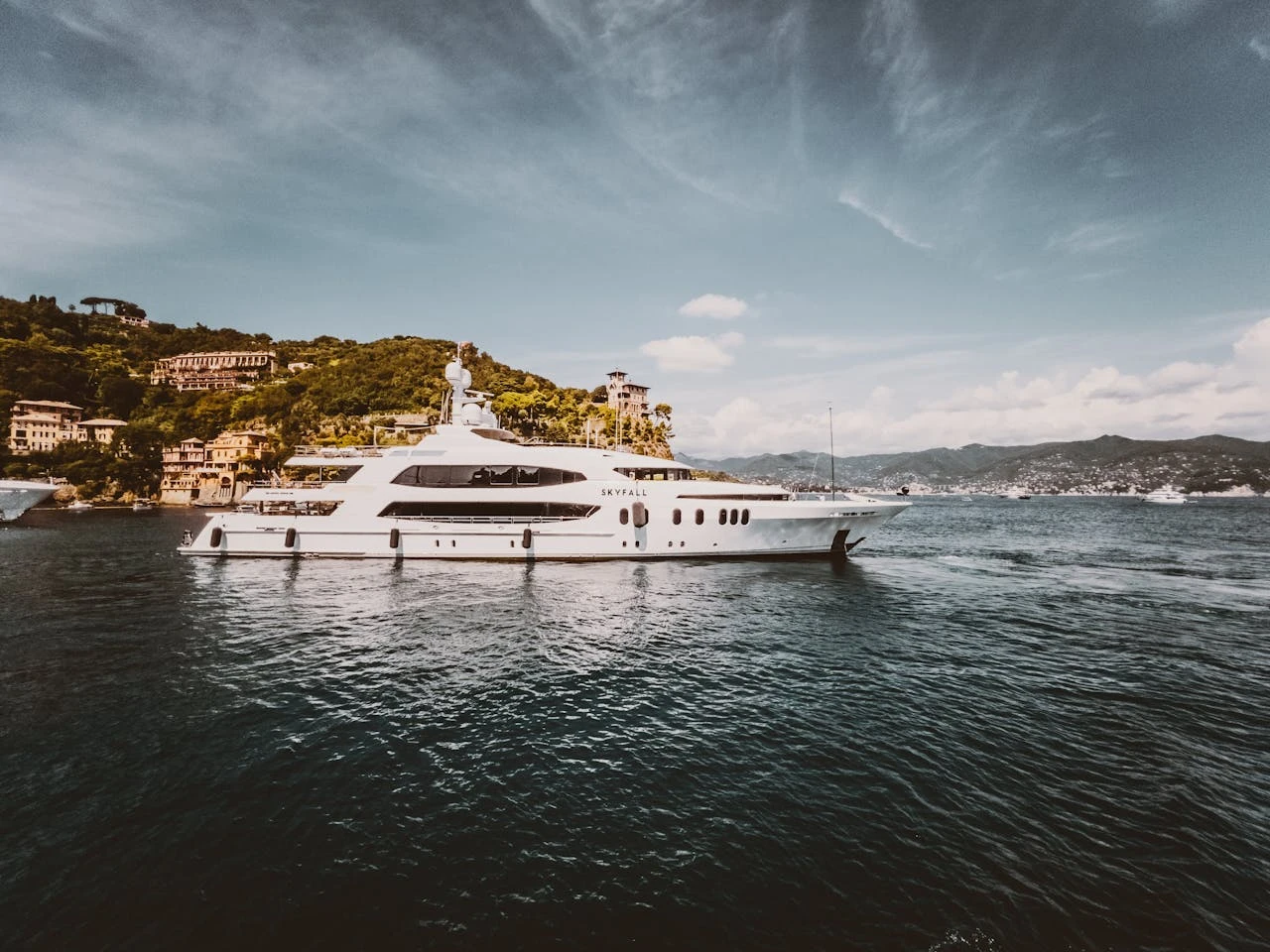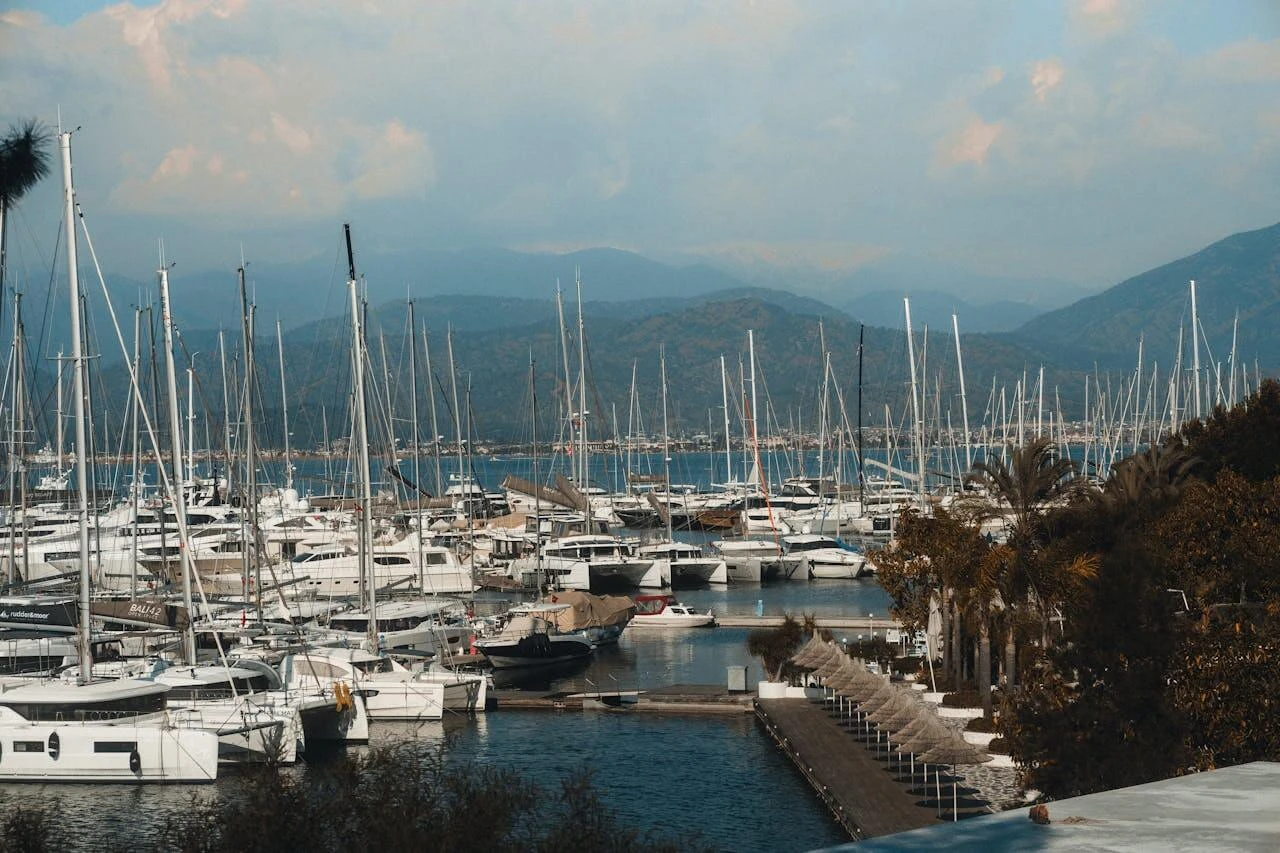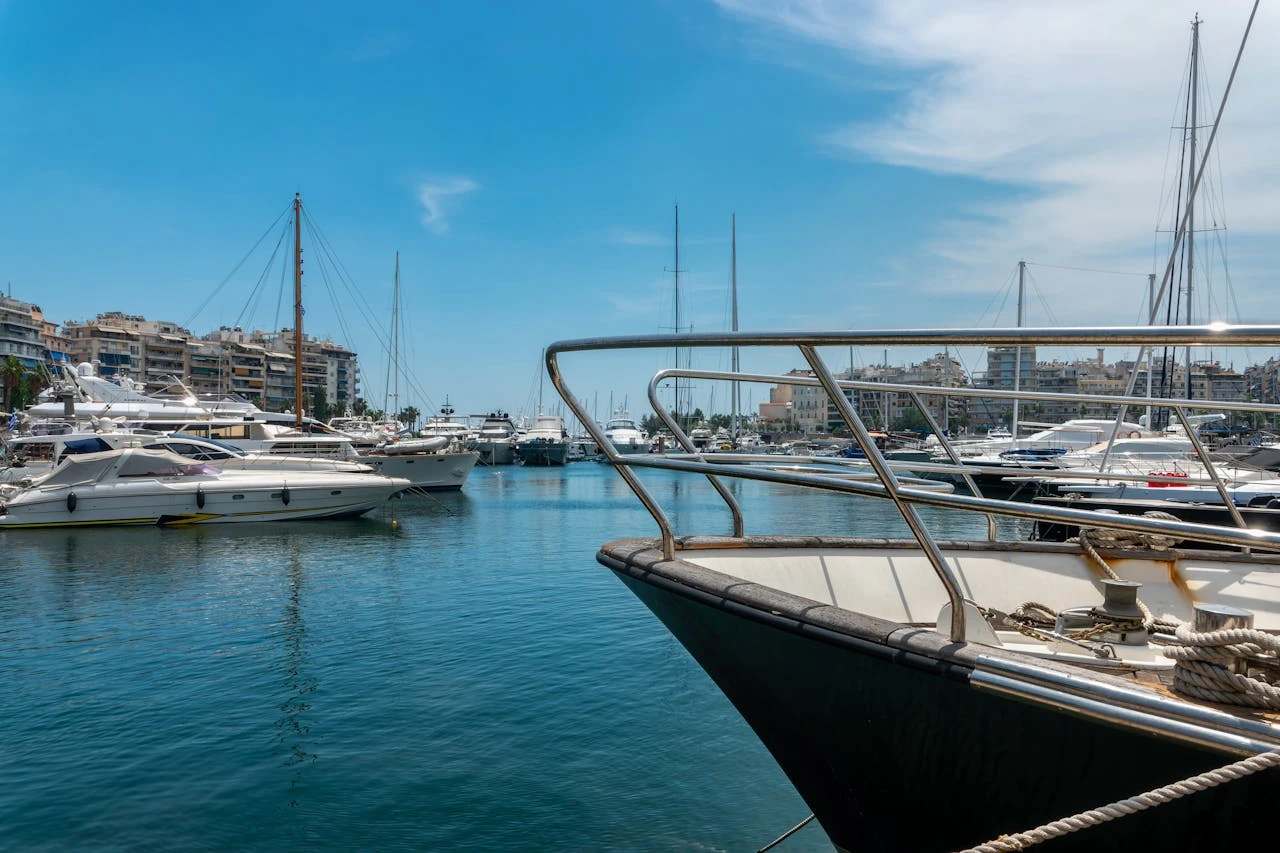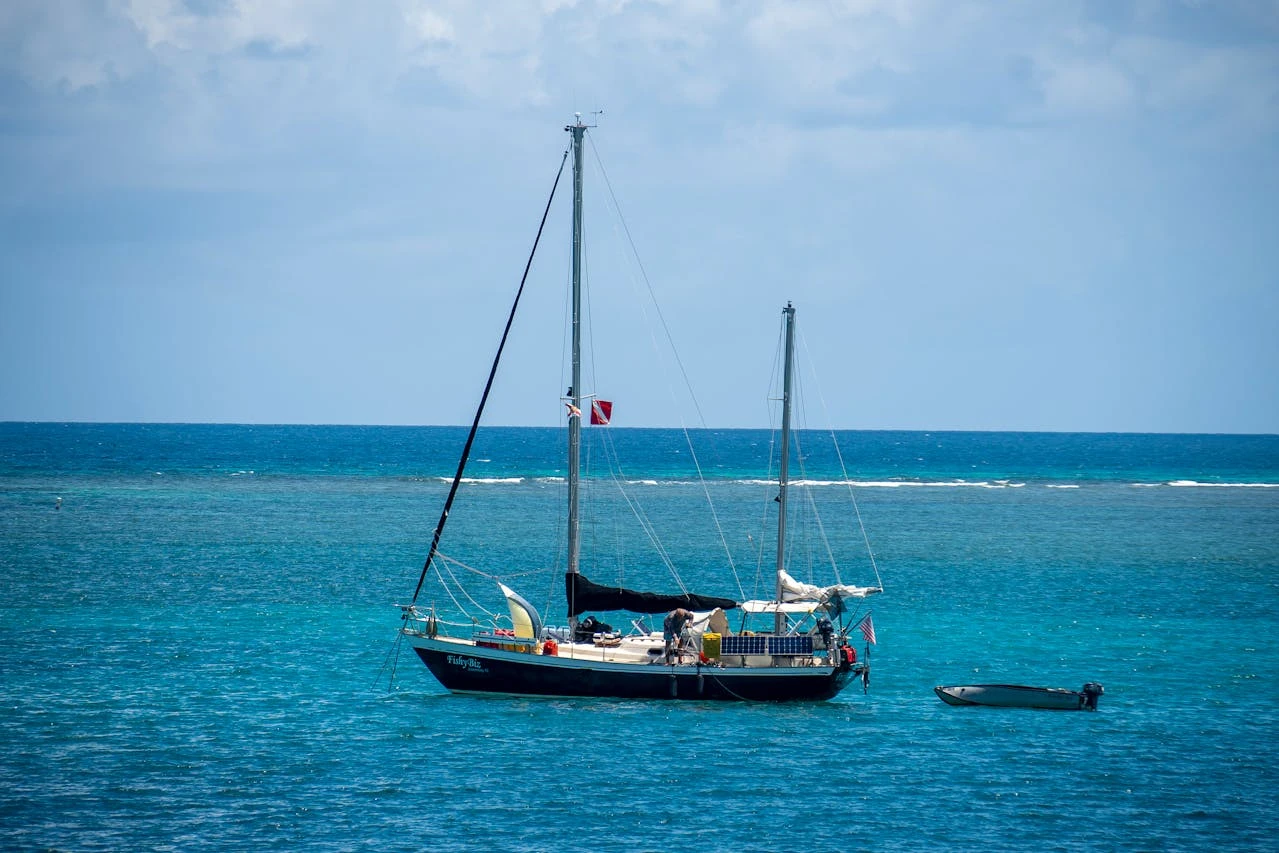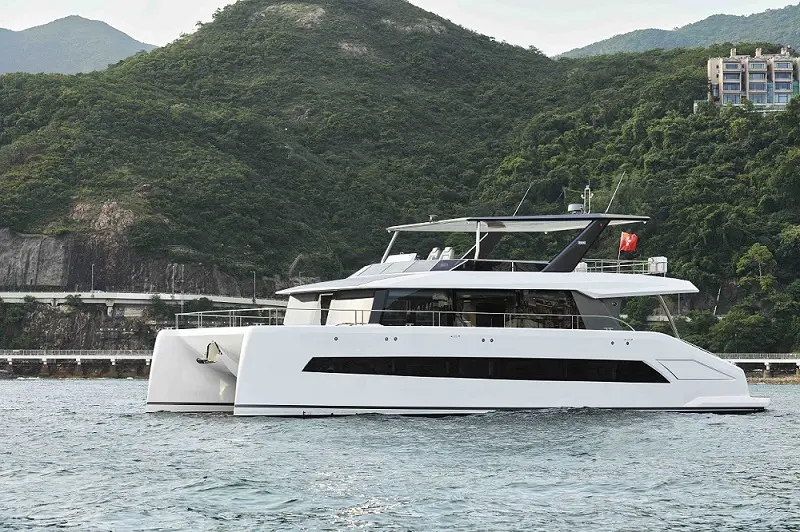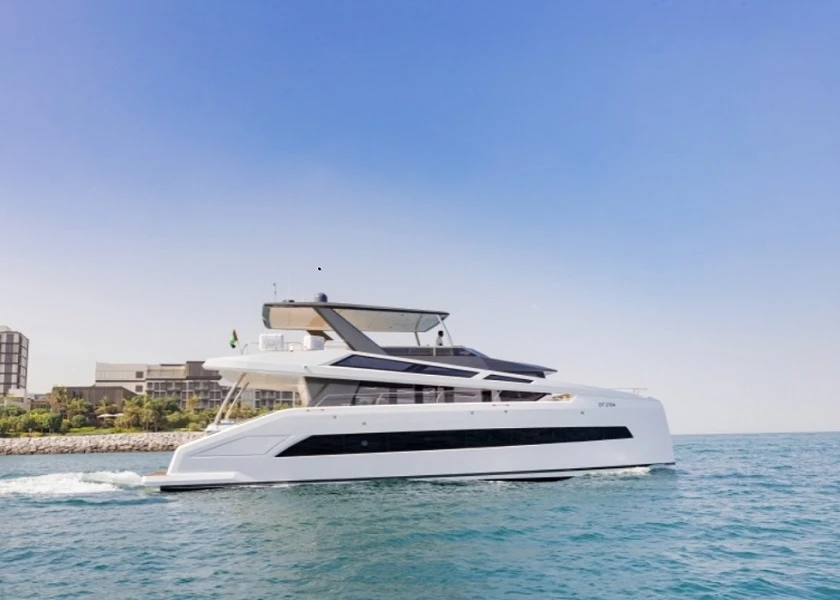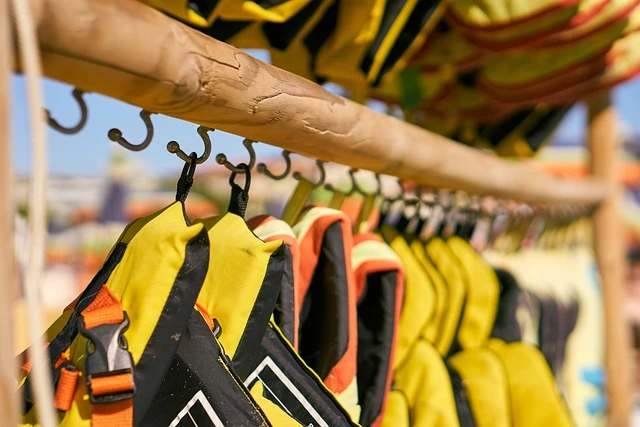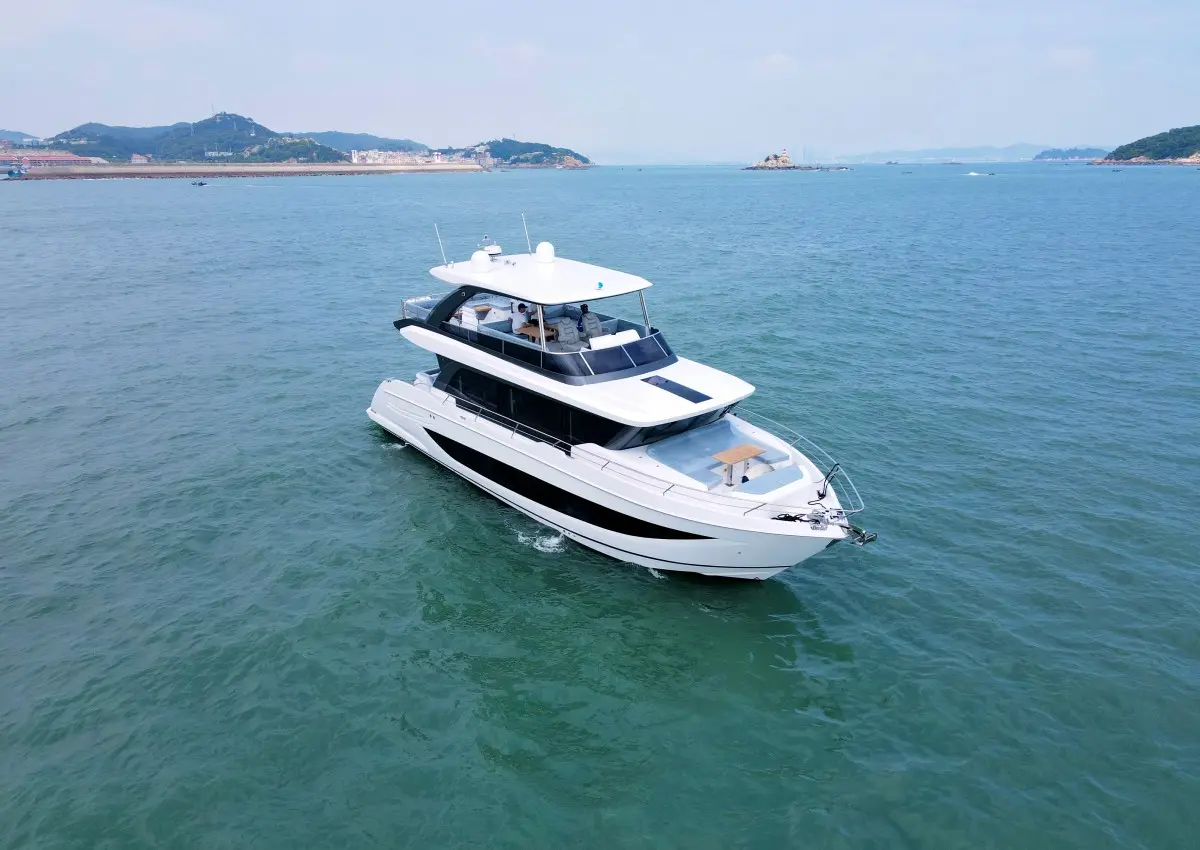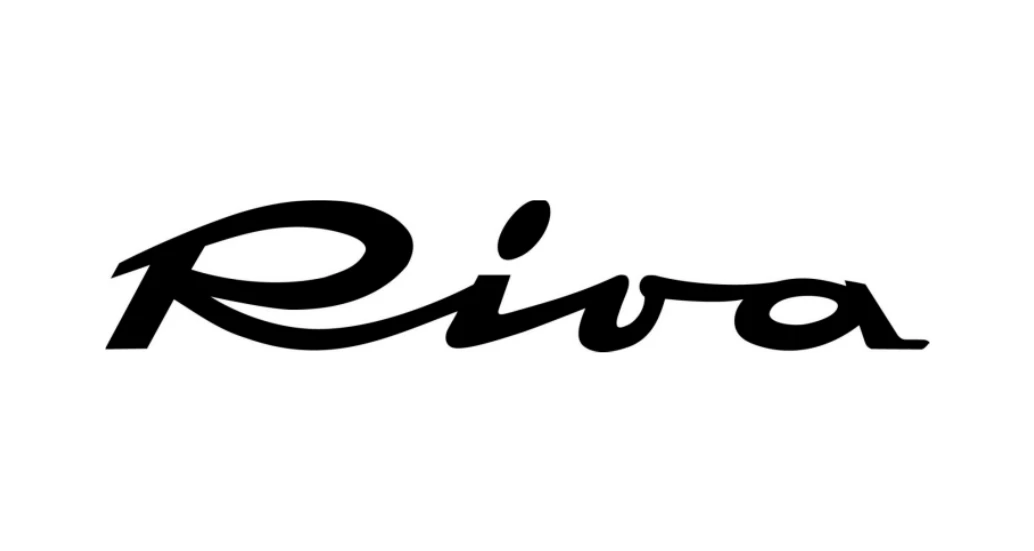Aluminum sailboats are popular with sailing enthusiasts for a variety of reasons, so what are the pros and cons of buying an aluminum sailboat? Aluminum sailboats have the advantage of being strong, lightweight and fast, and the disadvantage of having higher maintenance needs, especially when used in saltwater environments. In this article, we will delve into the pros and cons of aluminum sailboats to help you make an informed decision.
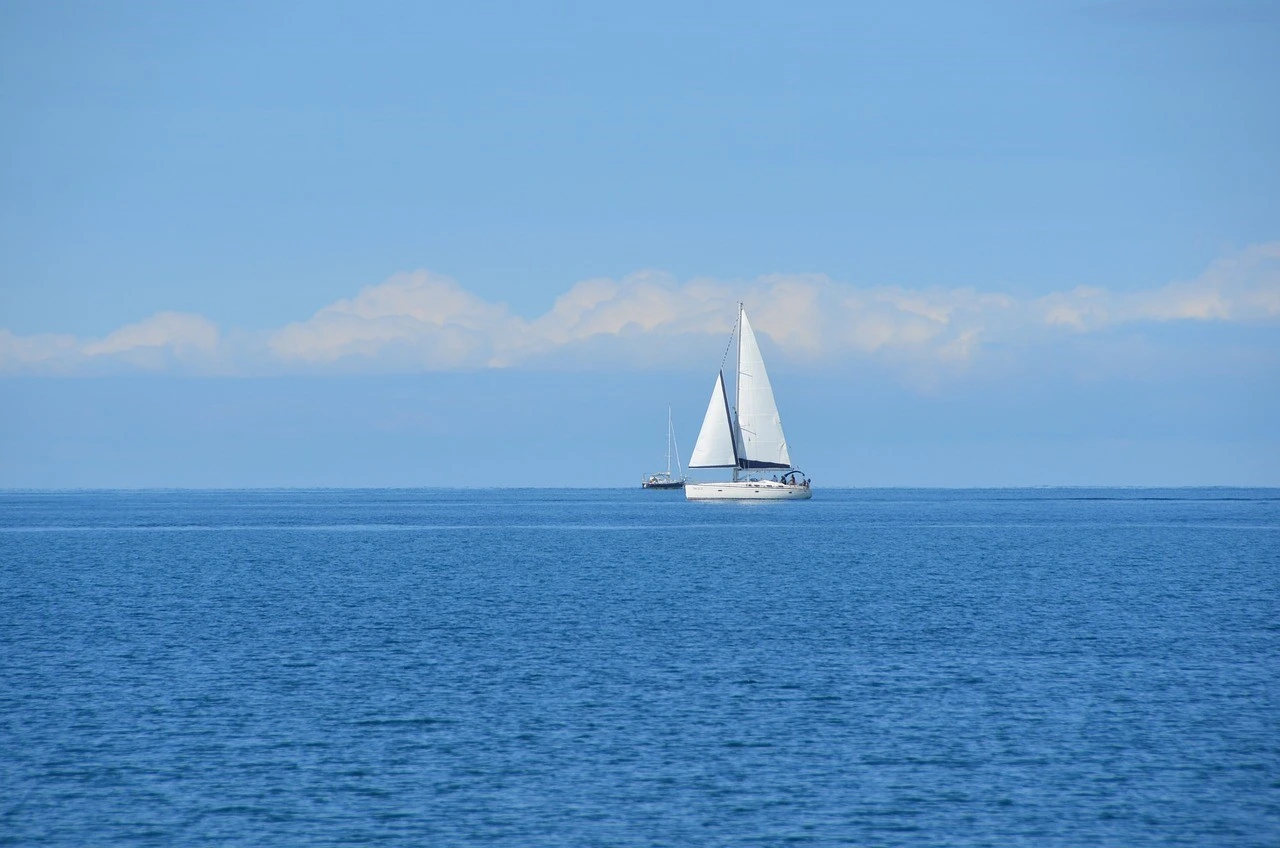
Pros of Buying an Aluminum Sailboat
Aluminum is both a strong and lightweight material, and when manufactured well, aluminum sailboats will last a long time and sail faster. Here are some of the pros of buying an aluminum sailboat:
Excellent strength-to-weight ratio
Aluminum has an excellent strength-to-weight ratio, and the material is not only lightweight, but also strong. Among the many factors that affect the speed of a sailboat, hull weight is one of the key factors, and a lighter hull means faster sailing speeds and greater fuel efficiency. Thanks to aluminum's excellent strength-to-weight ratio, a well-built aluminum sailboat not only sails faster but has a stronger and more durable hull than a fiberglass sailboat.
Lighter than steel, wood and fiberglass
Among the materials used to build sailboats, aluminum exhibits a more significant weight advantage, being lighter than steel, wood and fiberglass. While steel is just as strong as aluminum, steel is very heavy and can affect the performance of a sailboat, such as increasing energy consumption. Reduced speed, etc. Wood is not only heavy; it also has the disadvantage of being prone to rot and is far inferior to aluminum in terms of durability and weight. Even fiberglass, which is relatively lightweight, is heavier than aluminum in weight and not as strong. So, in terms of weight and strength, buying an aluminum sailboat is more advantageous than buying a sailboat made of other materials.
Good corrosion resistance
Aluminum has excellent corrosion resistance and does not rust compared to steel, which means that as long as it is above the draft line, such as the deck area, you do not need to rely on painting to prevent rusting and can always keep it in good condition. In terms of maintenance and upkeep, only the bilges and any parts that come into contact with salt water, which are at risk of corrosion, need to be regularly inspected and maintained, and most areas above the hull's draft line don't need much attention, greatly reducing the maintenance work and cost of sailing a boat.
Lower insurance premiums
In terms of material properties, aluminum is strong and durable and is less likely to suffer serious damage in the face of collisions and other unforeseen conditions, greatly reducing the risk of high payouts due to serious damage to the hull. At the same time, aluminum does not rust, which also means that the number of claims arising from structural damage to the hull due to corrosion during the long-term use of a sailboat is also significantly reduced. Combining these factors, insurance companies are willing to offer lower insurance rates for aluminum sailboats.
Cons of Buying an Aluminum Sailboat
While there are many pros to buying an aluminum sailboat, the cons should not be overlooked. Here are the cons of buying an aluminum sailboat:
Anti-fouling paint is complicated
Aluminum sailboats have some special requirements when it comes to maintenance. Compared to sailboats made of other materials, the area of the boat below the draft line requires frequent anti-fouling paint application, due to the fact that this area is in contact with water for a long period of time and is more susceptible to damage due to the impact of water currents, microbial adhesion and other factors. When choosing a bottom paint, it is important to use a product that does not contain copper, which can chemically react with aluminum and accelerate hull corrosion. No matter what type of paint is used, after a few years, bubbles will appear on the surface of the coating due to the oxidation of aluminum, affecting the aesthetic and protective effect.
Expensive hull maintenance
Compared with steel, the price of aluminum is relatively high, and in reality, it is difficult to find a skilled and experienced aluminum welder. This is because the welding process of aluminum is relatively complex and requires a high level of technical skills and operating experience of the welder, and there is a limited number of professionals who can master aluminum welding technology. Therefore, if the hull of an aluminum sailboat is damaged and needs to be repaired, it is a big expense from the repair cost to the labor cost.
Noisy
When an aluminum sailboat is sailing on the water, the sound of water lapping against the aluminum is much louder than lapping against other materials, and while this does not affect safety while sailing, it can be a nuisance in certain specific scenarios. For example, when you are fishing and you want to enjoy a peaceful fishing time, or you want the fish to be unperturbed, the sound of the water lapping against the aluminum hull may break the tranquility or even scare the fish away.






 Leave the comment
Leave the comment
